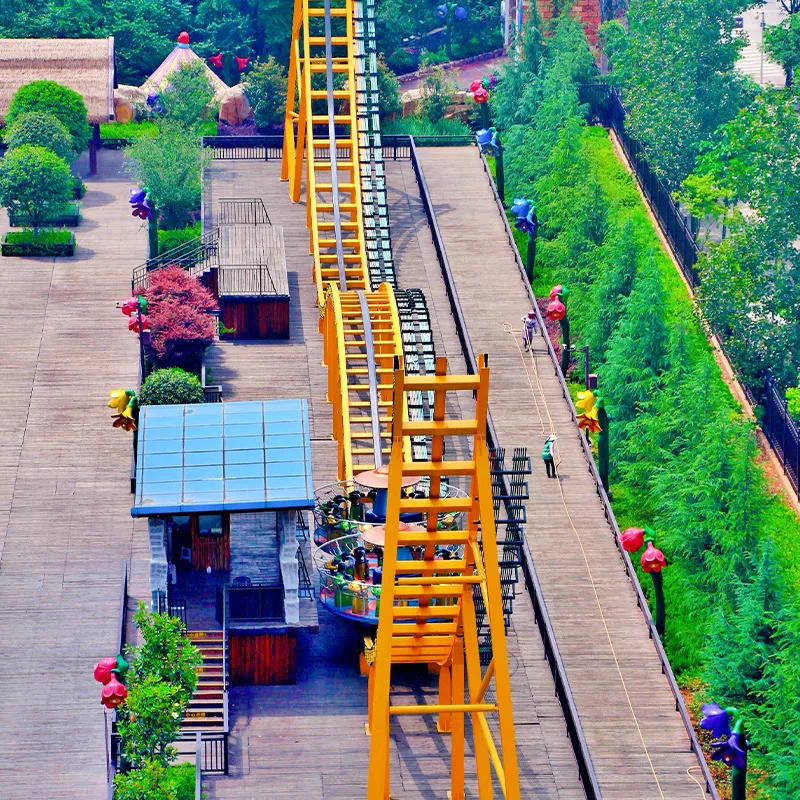- Albanian
- Arabic
- Belarusian
- Bengali
- Czech
- English
- French
- German
- Hebrew
- Hungarian
- Indonesian
- irish
- Italian
- Japanese
- kazakh
- Persian
- Russian
- Thai
- Uzbek
- Vietnamese
Understanding the Expenses Involved in Purchasing a Ferris Wheel for Your Amusement Park
The Cost to Buy a Ferris Wheel An Investment in Fun
When you think of amusement parks or carnivals, one of the quintessential attractions that often comes to mind is the Ferris wheel. This towering symbol of fun and nostalgia not only offers breathtaking views but also serves as a captivating centerpiece that draws in visitors of all ages. However, have you ever wondered about the costs associated with purchasing a Ferris wheel? In this article, we will explore the various factors that contribute to the investment required to acquire one of these iconic rides.
Initial Purchase Price
The most straightforward cost to consider when looking to buy a Ferris wheel is the initial purchase price. Depending on the size, design, and manufacturer, a new Ferris wheel can range significantly in price. A small, portable Ferris wheel designed for local fairs might cost around $10,000 to $50,000, while larger, stationary Ferris wheels intended for amusement parks can range from $200,000 to over $1 million. For instance, some of the world’s largest Ferris wheels, like the London Eye, can cost tens of millions of dollars. Therefore, potential buyers need to decide what scale and capacity best fit their vision and budget.
Installation and Setup Costs
Once the purchase price is established, the next substantial expense involves the installation and setup of the Ferris wheel. This can involve site preparation, construction permits, and infrastructure enhancements. For example, ensuring that the base is firm and stable is crucial for safety and functionality. Depending on the location and the complexity of the setup, installation costs may add an additional $50,000 to $200,000.
Maintenance and Operating Costs
cost to buy a ferris wheel

Like any large machinery, Ferris wheels require ongoing maintenance to ensure safety and operational efficiency. Annual inspections, repairs, and routine maintenance can cost anywhere from $5,000 to $25,000 or more, depending on the age and type of the wheel. Additionally, operational costs, such as electricity, staffing, insurance, and marketing, should also factor into the total cost of ownership.
Regulatory Considerations
The amusement ride industry is heavily regulated to ensure safety for operators and visitors alike. Before purchasing a Ferris wheel, buyers must obtain the necessary permits and adhere to local regulations, which often include stringent safety inspections and certifications. The costs associated with compliance and legal fees can be another financial consideration, potentially adding thousands of dollars to the initial purchase.
Revenue Potential
While the costs can seem daunting, many operators view a Ferris wheel as a lucrative investment. With the ability to charge admission per ride, and the potential for additional revenue through marketing partnerships, sponsorships, and event hosting, a well-located Ferris wheel can attract a steady stream of visitors. Depending on the market and local demand, annual revenue can often exceed operating costs, leading to a profitable venture over time.
Conclusion
Investing in a Ferris wheel is not merely a transaction; it’s an investment in creating joyful experiences and unforgettable memories for visitors. With costs ranging from tens of thousands to millions of dollars, prospective buyers must carefully weigh the purchase price, installation, maintenance, and regulatory considerations against the potential revenue. For those committed to providing fun and entertainment, the Ferris wheel remains an iconic investment that embodies the spirit of amusement and joy. Whether it becomes the centerpiece of your amusement park or a charming addition to a local festival, the financial commitment to acquiring a Ferris wheel can yield delightful returns in both profits and community engagement.
-
Flume Ride-Hebei Zhipao Amusement Equipment Manufacturing Co., Ltd.|Thrilling Water Attraction&Customizable DesignJul.30,2025
-
Flume Ride - Hebei Zhipao Amusement Equipment | Water Coaster, Thrilling DescentJul.30,2025
-
Flume Ride - Hebei Zhipao | Thrilling Water AttractionJul.30,2025
-
Flume Ride: Thrilling Water Attraction by Hebei Zhipao|Log Flume Manufacturers&Flume Ride DesignJul.30,2025
-
Flume Ride-Hebei Zhipao Amusement Equipment Manufacturing Co., Ltd.|Thrilling Water Coaster, Safe DesignJul.30,2025
-
Flume Ride-Hebei Zhipao Amusement Equipment Manufacturing Co., Ltd.|Thrilling Water Attraction, Safe DesignJul.30,2025
